A Decade of Black Lives Matter
It started as a hashtag after the acquittal of George Zimmerman—what has the movement accomplished since then?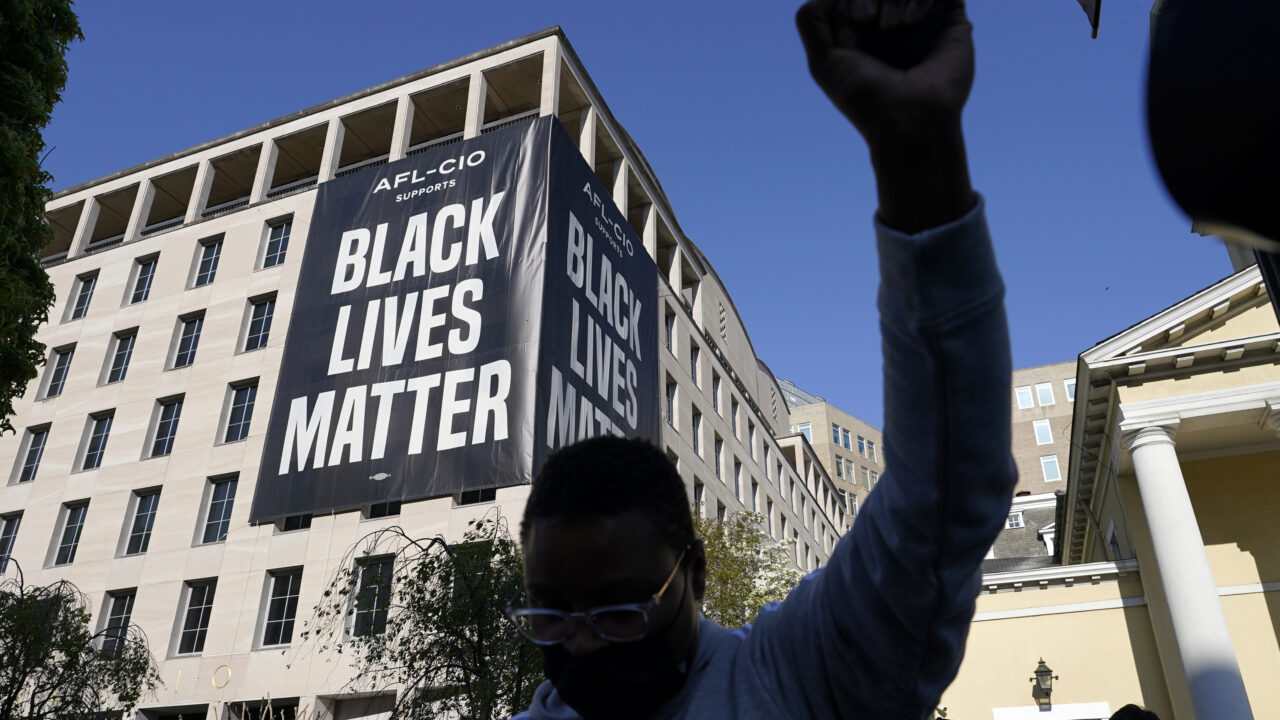 A person holds their fist in the air, April 20, 2021, in Washington at Black Lives Matter Plaza near the White House after the verdict in the murder trial against former Minneapolis police officer Derek Chauvin was announced in Minneapolis. (AP Photo/Alex Brandon, File)
A person holds their fist in the air, April 20, 2021, in Washington at Black Lives Matter Plaza near the White House after the verdict in the murder trial against former Minneapolis police officer Derek Chauvin was announced in Minneapolis. (AP Photo/Alex Brandon, File)
2024 Southern California Journalism Award: Second Place, Activism Journalism
Every generation of Americans lives through a moment that captures history in hindsight, a moment so indelible — the JFK assassination, 9/11— people can describe exactly where they were and what they were doing when it happened. For 50-year-old Melina Abdullah, that moment came in 2013. “I remember where I was when George Zimmerman (tried for fatally shooting Trayvon Martin) was acquitted and he was given his gun back,” says Abdullah, a professor of Pan-African studies at Cal State Los Angeles and director of the Los Angeles chapter of Black Lives Matter Grassroots. “For me and other Black people, this is more impactful and more resonant than so many other events. That was the point from which we proceed in struggle and cannot return.”
Black Lives Matter, the hashtag created in the hours after that fateful acquittal, went on to become a national and then a global antiracist movement. It turns 10 this week. In some ways it still feels like a newcomer to racial justice activism — its members tend to be young, vocal and involved in a movement for the first time. But BLM’s cause of police accountability has been around for decades, stretching back at least to the 1960s and the Black Panthers. In Los Angeles, the brutal police beating of Black motorist Rodney King sparked historic civil unrest in 1992 and re-energized grassroots groups such as Community Call to Action and Accountability and Cease Fire. What set BLM apart from its predecessors is that it first advocated a concept — full Black humanity. The routine killings of Black people by police and others gave the concept an organizing principle, a platform on which to build wider consciousness about race-based inhumanity that touches virtually all aspects of American life.
That wider consciousness exploded in 2020 after the graphic murder by a white police officer of George Floyd, a Black man, in Minneapolis; like so many similar incidents, it was recorded on a cell phone, in agonizing detail. In that nearly 10-minute murder of Floyd the rest of the world suddenly experienced what Black people had been experiencing forever; in the months of protests and soul-searching conversations that followed, the question was whether, and how, this new consciousness would lead to real change.
There’s no doubt that BLM has shifted our collective consciousness, whether we wanted it shifted or not.
That question is not settled. But there’s no doubt that BLM has shifted our collective consciousness, whether we wanted it shifted or not. The phrase has become ubiquitous, its demands familiar. It has certainly changed individual Black lives, like Abdullah’s: she has grown alongside the movement, evolved from a professor looking to settle into a tenured academic track to a bullhorn-wielding, street-level activist with a work schedule that is as overwhelming and unpredictable as the racial crisis in the country remains. Some say BLM’s influence has waned since that peak of 2020, that the public has become inured to its uncompromising style, especially as race continues to divide the country and racial animus continues to define one of its major political parties. Indeed, a 2023 Pew Research poll says 51% of Americans support BLM, down from two-thirds. Unsurprisingly, the poll found that 82% of Democrats support BLM, while 84% of Republicans don’t — and a majority of them are likely to describe it as “dangerous” and “divisive.” The poll also highlights the fact that a majority of Americans don’t think a focus on race and racial inequality has really improved Black lives (though it’s significant at this point that 40% believes that it does.)
For Abdullah, the flow and ebb of public favor is just part of the work, and always has been. “For 10 years we’ve weathered the attacks,” she says. “We’re still here, still struggling, still fighting for the liberation of black people.” Hamid Khan of Stop LAPD Spying, a police accountability organization that works with BLM, puts it another way. “For the last 10 years, Black Lives Matter has really exposed how Black lives don’t matter,” he says. “That’s the key underlying message. The scale and scope and frequency of BLM is consistent, it’s 24/7. It’s multifold. They’ve been speaking about Black lives mattering on so many different levels.”
#BlackLivesMatter was launched by three Black women in California — Patrisse Cullors, Alicia Garza and Opal Tometi — July 13, 2013, in the hours after the Zimmerman acquittal. Three days later, Cullors and Abdullah launched the first BLM chapter in Los Angeles. The fatal shooting of Michael Brown in Ferguson, Missouri the next year did much to catalyze and grow the movement; Ferguson was a major site of activism and a model for BLM, who participated in its protests and took lessons back home. BLM became the breeding ground of a new crop of Black activists who were young, digitally oriented and disconnected from traditional civil rights models that emphasized community services and working with the white establishment over time to achieve racial justice. That model clashed with the new urgency of the 21st century, as so many longstanding problems rooted in injustice, from racism to climate change, were (and still are) converging and reaching a point of no return. Gradualism was out; direct action was in. No longer did Black people feel obliged to pacify or persuade white people to get what they wanted, what they deserved. With the rise of BLM, the script was flipped: Blackness was the unapologetic center, and everyone else needed to get on board. But the getting on board is not a given. “This isn’t a ‘y’all come,’” says Abdullah, this is work. She says nonBlack allies such as White People for Black Lives, which started in L.A., “need to confront racism amongst their own family and community, give reparations (in the form of donations) and also put their bodies on the line in our protests.” She adds, without much irony, “We recognize that, because of racialized privilege, people are less likely to run them over than they are to run us over.
Of course, not everyone got on board, notably the police. Despite Los Angeles’ reputation as a very blue city friendly to social justice causes, BLM and especially Abdullah, have had a fraught relationship with LAPD. In 2018 she was arrested at a raucous police commission meeting (which she sued over), and in 2022 was forcibly removed from a mayoral candidate’s debate at Cal State LA, no less; police have shown up at her house several times, claiming to be responding to 911 calls, a stunt known as ‘swatting.’ But nowhere have the tensions between BLM and the police been more evident than during the massive street protests of 2020 that on one day drew 100,000 people to Hollywood alone — remarkable for L.A. While it wasn’t a y’all come, everyone came, from Palestinians for Black Lives to entertainers like the actor Kendrick Sampson and the rapper YG. The celebrity presence did nothing to deter aggressive crowd control by police that resulted in many people being harmed, some seriously, by so-called nonlethal weapons like rubber bullets. That’s in contrast to police conduct at the MAGA rallies and protests that are an ominous parallel to BLM. The most recent MAGA protests are against LBGTQ “education” and target local school boards across the country; in L.A. it’s been Hollywood, Glendale and the main offices of the L.A. Unified School District. The protests are frequently violent, fueled by the same ruthless energy that fuels anti-Blackness within MAGA. No wonder that Black Lives Matter—and its intellectual companion, critical race theory — have long been viewed by MAGA as public enemy number one.
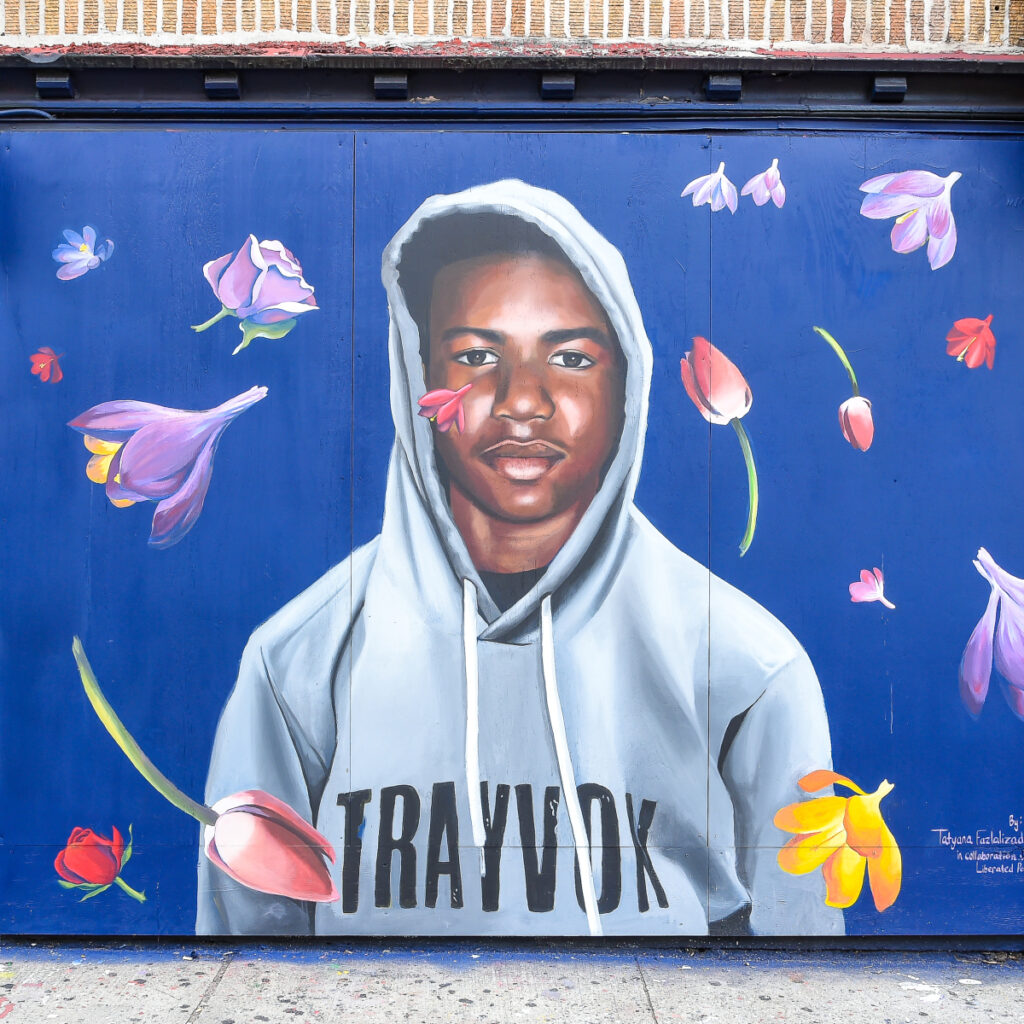
As a concept that’s meant to pollinate all spaces, BLM is as much art as it is action. It’s no accident that Cullors, the highest-profile of the three founders, is a visual artist who earned an art degree from USC and co-founded a gallery and art collective, Crenshaw Dairy Mart, in Inglewood. She also published a memoir about growing up Black in the flatlands of the San Fernando Valley, “When They Call You a Terrorist.” The narrative is as poetic as it is political, as indignant as it is intimate. “We didn’t build BLM as a policy think tank; we built it as a cultural movement,” Cullors explained to the LA Times in 2020. “That’s why everybody feels moved by it. It’s why it tugs at people’s hearts. It’s why it pisses people off. It’s why people felt like they had to pick a side.”
BLM’s ultimate ambition to topple a broken system — to rebuild the world — makes it comparable to the Occupy Wall Street moment/movement that swept the country in 2011. Occupy was also initially spontaneous, decentralized and accessible, following not a person or a set of rules but an almost spiritual mandate for people everywhere to take a stand against inequality and the corrupt status quo. It, too, flipped the script and centered the marginalized—the so-called 99% of Americans who increasingly bore the consequences of the growing wealth gap. Police ultimately shut down Occupy’s encampments in New York and elsewhere. Postmortems criticized the movement for lacking clear goals, but its legacy of successful mass mobilization around a big idea endures. Whatever else it wasn’t, Occupy was a triumph of imagination.
Civic activist Valerie Shaw says BLM’s ongoing relevance lies in the simple fact that injustice resonates with marginalized people all over the world.
BLM is that, too, but unlike Occupy it has longevity and concrete political successes, especially after George Floyd. Across the country, activists ran for elected office — Cori Bush in Missouri, Deray McKesson in Baltimore. States and cities passed new laws banning chokeholds; New York repealed a law that kept police disciplinary records secret. And the BLM movement revived, in a big way, the push to take down Confederate monuments and markers in the South, including the state flag of Mississippi that featured a Confederate battle emblem. In LA, BLM used its influence to vote out District Attorney Jackie Lacey, who repeatedly failed to prosecute police for murder. It also helped pass a major county measure that allocated new money for social and community services, and in 2021 pressured the city to trim LAPD’s annual budget by $150 million — modest in the scheme of things, but symbolically significant. Ongoing work includes helping families of those victimized by police shootings with autopsies and other needs, and continuing to demand the resignation of Councilman Kevin de Leon, who along with several other officials was caught on tape last year disparaging Blacks and others during a backroom discussion about redistricting. BLM is well-practiced in persistence. In 2016, it protested at City Hall for more than a year (a campaign it called ‘Decolonize City Hall’) demanding that then-mayor Eric Garcetti fire police chief Charlie Beck after a ruling found the controversial shooting of Redel Jones in South Central in policy. And then there’s the 120-plus consecutive weeks of protesting the Police Protective League at its headquarters in downtown L.A. Abdullah says the PPL and every police union is “not a union but an instrument of oppression, preservers of an unjust system.” The occupation will last as long as necessary.
Hamid Khan believes Black Lives Matter is here to stay, despite the fierce and organized white backlash (the writer Wesley Lowery calls it ‘whitelash’) that has its roots in the 60s and programs like COINTELPRO that, among other things, strove to break up the Panthers. “But the scale and depth of how it remains, the robustness, remains to be seen,” he says. “In movement building, it’s all about planting the seeds.” The seed planting became more challenging when BLM went through a nasty breakup last year with the BLM Global Network Foundation, its fundraising and donation arm. BLM accused the foundation of shutting local chapters out of resources and decision making, and sued. BLM split into two entities, Black Lives Matter Grassroots — those doing work on the ground — and the foundation, which continues to operate. It’s a growing pain, a big one, but Abdullah says the movement itself is undeterred, if temporarily underfunded.
Yet that may not matter. Civic activist Valerie Shaw says BLM’s ongoing relevance lies in the simple fact that injustice resonates with marginalized people all over the world. Shaw grew up with traditional civil rights organizations and somewhat skeptically describes BLM as “ephemeral,” surfacing only when an egregious shooting happens. But she recognizes its power. “You can be a Uighar in China, or an Aboriginal in Australia or a Christian in Iran and you say ‘Black Lives Matter’ and you’re talking about your own,” she says. “As a philosophical movement, it’s been very effective.”
Your support is crucial…With an uncertain future and a new administration casting doubt on press freedoms, the danger is clear: The truth is at risk.
Now is the time to give. Your tax-deductible support allows us to dig deeper, delivering fearless investigative reporting and analysis that exposes what’s really happening — without compromise.
Stand with our courageous journalists. Donate today to protect a free press, uphold democracy and unearth untold stories.

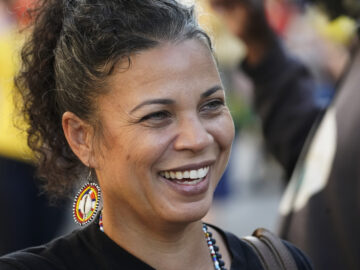

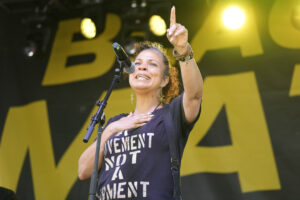
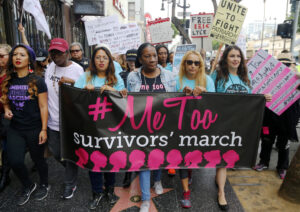
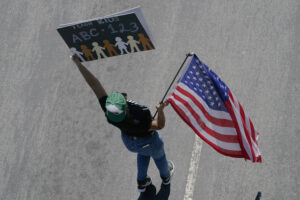
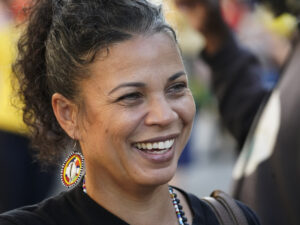
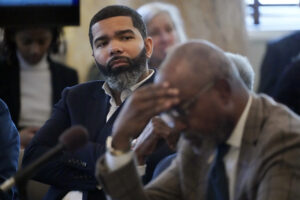


Next breed of Marxist terrorists. This time adopting race ideology.